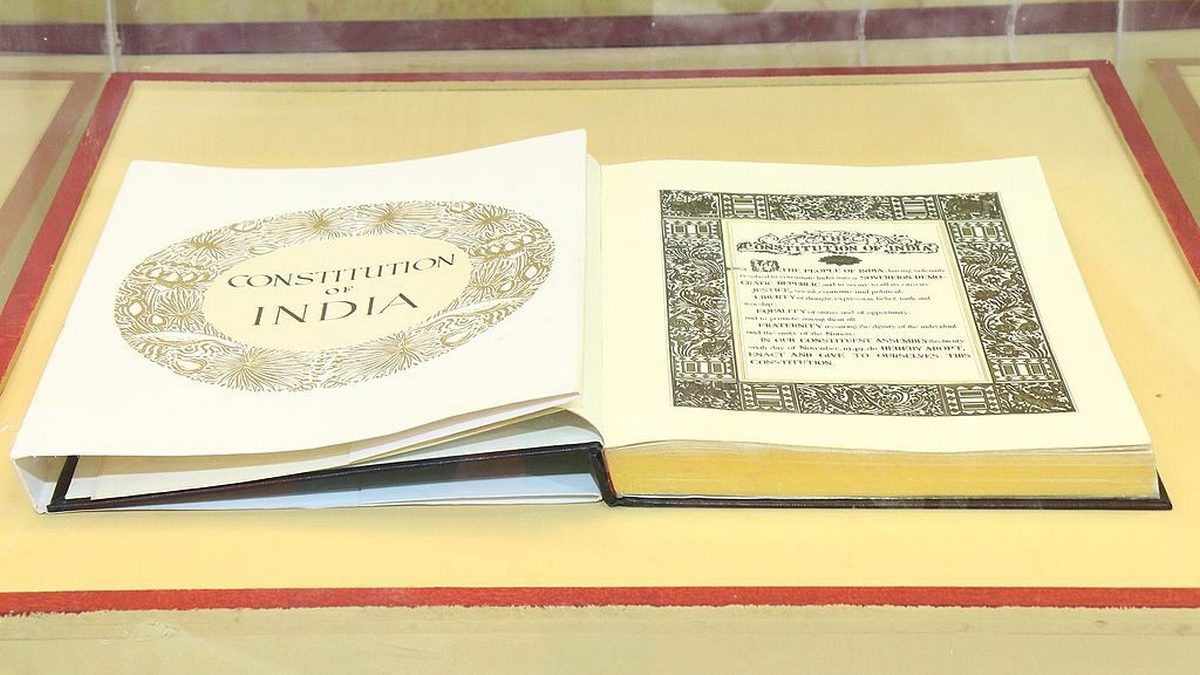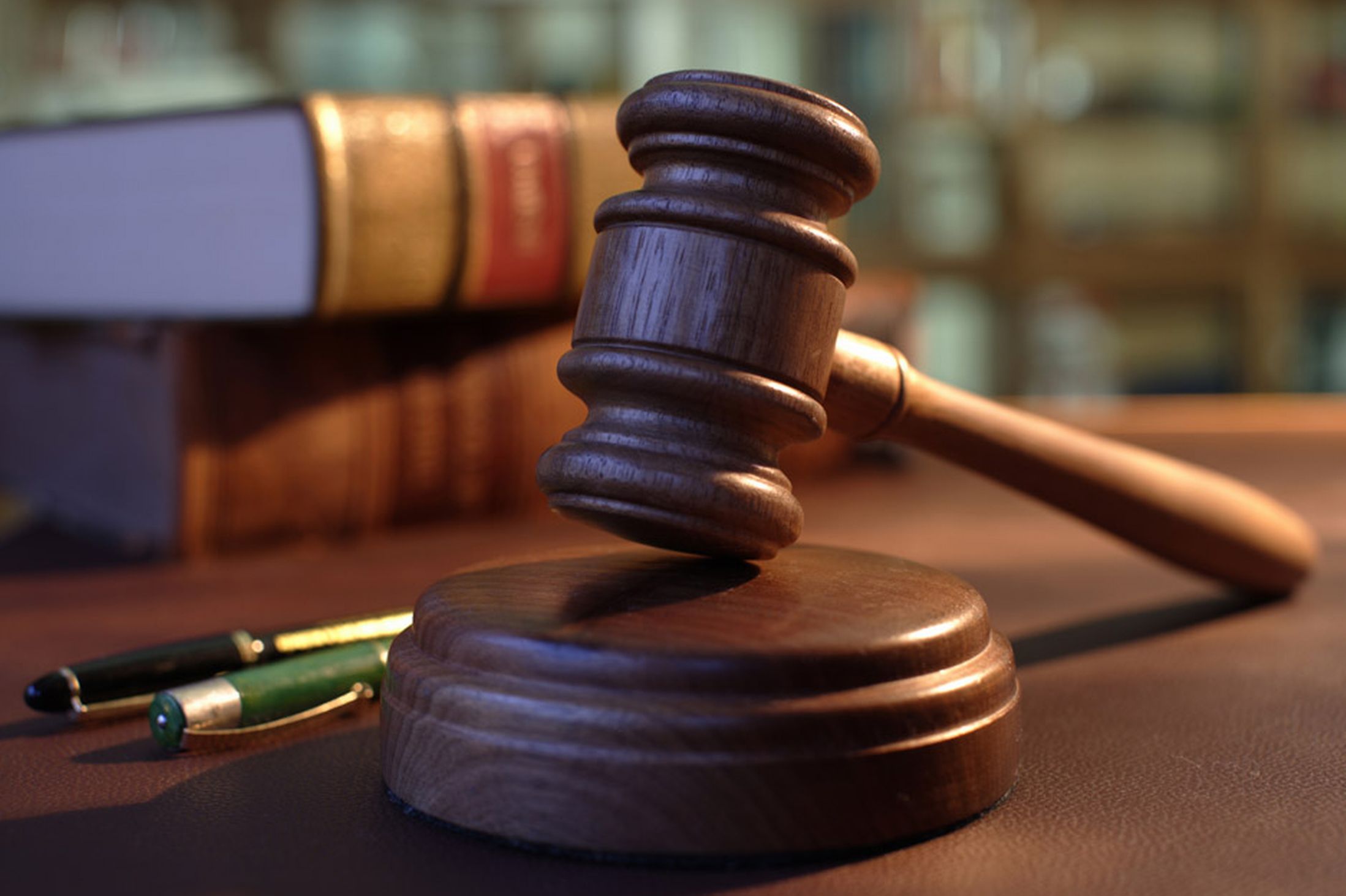Media Transparency as a Foundation for a Successful Constitutional System
Author: Amulya Raj (Dr. Babasaheb Ambedkar Marathawada University, Chhatrapati Sambhajinagar, Maharashtra)
Introduction
Society depends on the media as its primary source of information worldwide. In today’s fast-paced world, digital media has become an inseparable part of our society. Media, which is accessible to everybody and has a wide scope to share content with the audience, Due to the rise in demand for news, the media is becoming mass-driven and not knowledge-driven. Journalists are always hungry for fast delivery of the news, and in all this, they practice Astroturfing. An accurate example of this could be of Eric Zemmour, who was convicted several times for racial hatred. He also made controversial statements regarding historical events such as World War ii and the role of Vichy France, and his comments often targeted immigrants, Muslims, and other minority groups.
Abstract
Media transparency is crucial in maintaining a strong constitutional system and a healthy democracy. In India, media is one of the four pillars supporting democracy, yet growing political and corporate influence often compromises its integrity. Today’s media environment, driven by speed and sensationalism, risks spreading disinformation and biased narratives. This, in turn, can distort public perception, hinder informed decision-making, and exacerbate social divides. Ensuring that media operates with transparency, ethics, and accountability is essential to upholding democratic values and allowing citizens to form balanced opinions based on accurate information.
Threat to Indian democracy through media
The Indian democracy consists of 4 pillars: legislature, executive, judiciary, and media. The very beautiful way to share news and information is media. The media is the one who provides access to the data and source behind the news. The media gives remarkable opportunity to share moments and thoughts on a daily basis. The media’s work is to present contributions to significant societal problems. But media today has changed completely over time by sharing disinformation, which operates to manipulate audiences, and for them, it is quite easy to do it. Corporate interests frequently exert substantial influence over media organizations. A prime example is the Reliance Group, which owns a collection of channels and media outlets, raising concerns about potential bias and a lack of independence.
Advanced technology has made it very easy to spread news, and journalists often do it without checking the facts and ground news of the report, whether officially or unofficially. This puts our democracy at risk. Some media work under political pressure, so they try to show only the reports and programs that favor the ruling party and do not dare ask questions or frame the government. This reality is prevalent during election campaigns, where political parties seek to manipulate public opinion, suppressing dissenting voices and gain an unfair advantage. Some media use their personal opinion as a tool, or some media are sponsored by a person, organization, or authority to deliver what they want for their personal benefits, and their view is clouded by politics. The media has acted irresponsibly in sensitizing situations like 26/11, China claiming their territory in Arunachal Pradesh, the Manipur rape case, and so on. These practices blur independent journalism. News houses are becoming more of a threat than a protector of democracy. People form their opinions after watching news or consuming news from newspapers and magazines. Biased reporting has the power to significantly shape and distort public opinion, leading to widespread misinformation and skewed perceptions. So unbiased media helps people form their own opinion based on accurate information, allows individuals to evaluate different perspectives and various issues, and eventually helps the public foster critical thinking and understanding of current events. Advocate Ram Jethmalani, in one of his interviews, said that there are many times where miscarriages of justice happen because of the media. According to Article 19 of the Indian Constitution, every citizen of India has the right to freedom of speech and expression. But it doesn’t mean that they can use this right as a tool to present their own disapproval or their personal opinion. They must remember that media affects people at large, and as humans are emotion-specific, it affects their mental and emotional health as well. The existence of a free, independent, and powerful media is the cornerstone of a democracy, especially in a highly mixed society.
Conclusion
Addressing the issue of media being a threat to democracy requires collaborative efforts from media professionals, stakeholders, politicians, and the general public. We, the citizens of a democratic country, need mechanisms and laws to hold the media accountable. Media outlets have a moral and ethical responsibility for their ethical behavior and for presenting unbiased news without favoring any party. Biased media pose a great threat to Indian democracy by demanding the principles of transparency. Sensational, disinformation programs have the potential to subvert democratic processes and foster social divisions. India, being one of the largest democratic countries, has ethical and moral responsibilities to show reality, provide unbiased news, and frame the government with full transparency and without any involvement between the news provider and the news consumer. India has the biggest constitution in the world, as do its laws. So, it becomes our moral duty to maintain its dignity.


